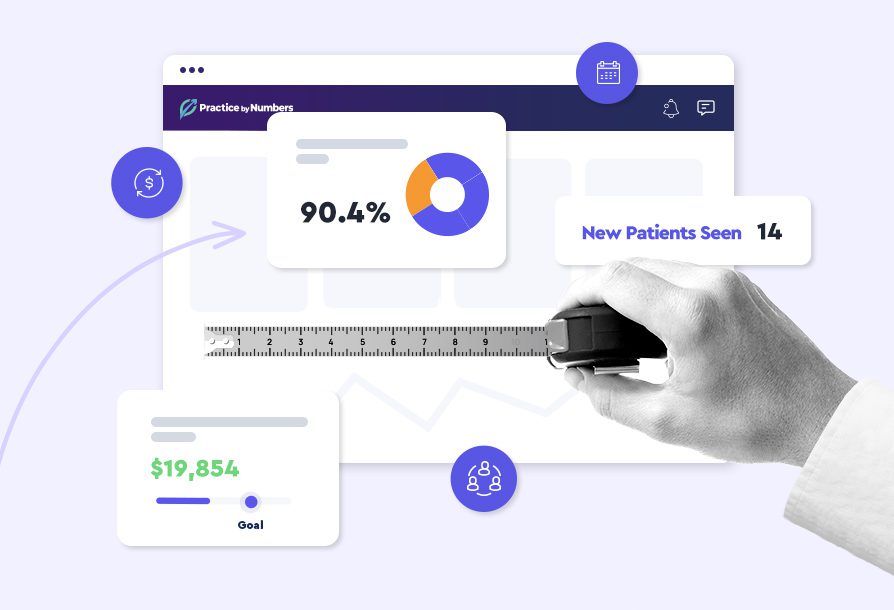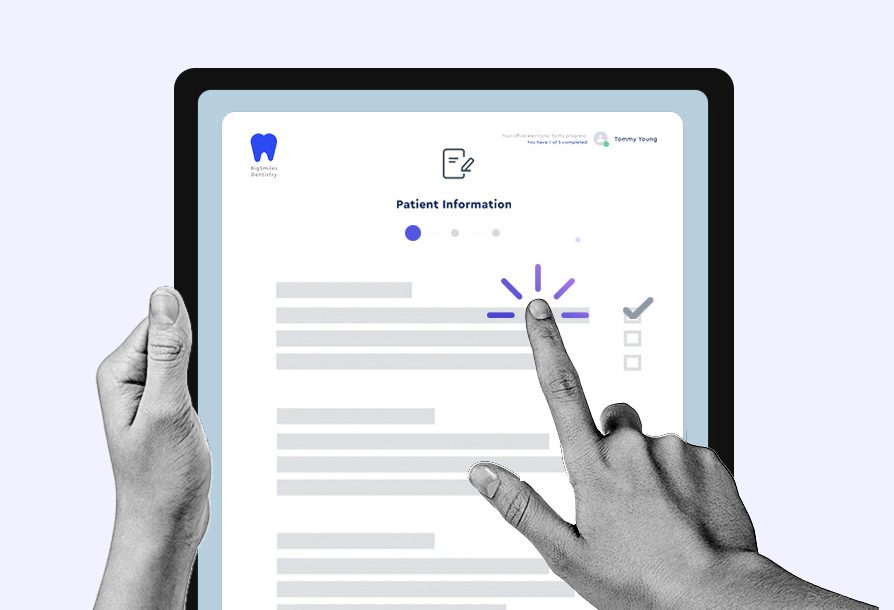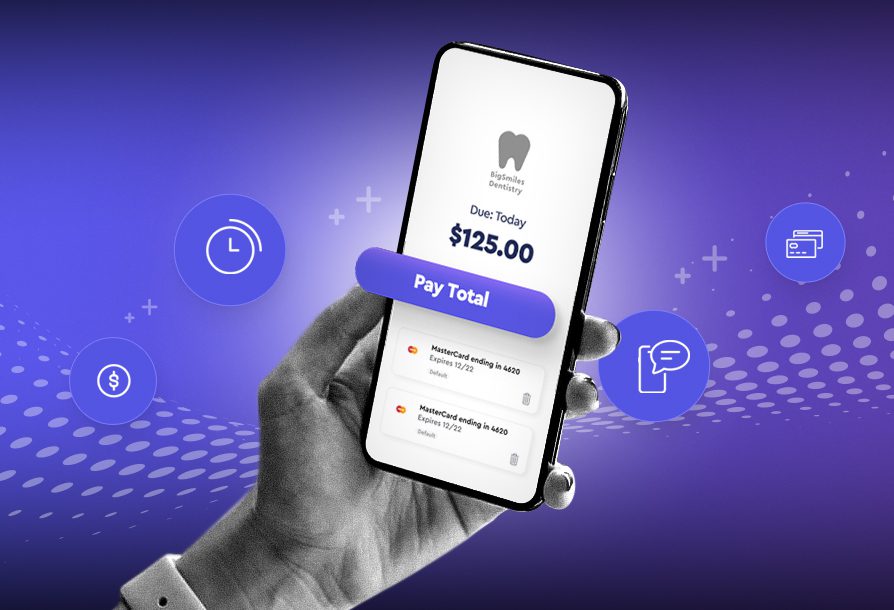The Metrics Every Practice Should Measure: A Guide to Improving Dental Practice Performance

Running a successful dental practice requires more than just clinical expertise. Your ultimate goal is to provide exceptional patient care while running a financially stable practice. Each element within a practice needs to be managed effectively in order to ensure long-term success. And the key to effective management is measuring metrics. Metrics, or key performance indicators (KPIs), allow dental practices to track and analyze their performance to identify strengths and weaknesses. But with so many metrics to choose from, how do you know which ones you should be measuring? In this blog post, we’ll go over the metrics every dental should measure, their significance, and how measuring these metrics can make a difference in your dental practice’s overall performance.
Production Analysis
This metric measures the total value of your dental services provided. It’s important to measure because it directly reflects the amount of revenue your practice generates. It is essential to track your production over time to ensure steady growth. Carrying out an analysis of your production will help you identify any bottlenecks and inefficiencies in patient flow, scheduling, and clinical productivity.
Collections Analysis
This metric measures the amount of money collected from patients and insurance companies for the services provided. It’s important to measure because it reflects the practice’s ability to collect payments. By analyzing collections, you can determine how well your practice is performing financially. Of course, we all know that collecting payments can be difficult, especially when patients owe you money, and many practices rely on outside help, like payment reminders and online payment options.

Average Production Per Visit
The average production per visit is a KPI that measures how much revenue your practice generates from an average patient. A higher average production per visit indicates fewer overhead costs and more efficient operations. However, a decrease in this metric may indicate issues such as patients choosing to forgo treatment, or patients leaving without scheduling their next appointment. To improve the average production per visit, you can consider upgrading your practice to provide more advanced treatments options, hire additional team members, or improve communication with patients to encourage retention and treatment uptake.
New Patient Acquisition
One of the most critical metrics for dental practices is new patient acquisition. Without new patients, a practice can’t grow, and it’s as simple as that. Measuring new patient acquisition will help you identify the sources of new patients, track conversions, and measure the effectiveness of your marketing strategies. Measuring new patient acquisition gives a practice insight into how it’s doing in terms of marketing and outreach efforts. You can track this metric by looking at the number of new patients per month, reviewing referral sources, and monitoring website traffic.
One of the most critical metrics for dental practices is new patient acquisition. Without new patients, a practice can’t grow, and it’s as simple as that. Measuring new patient acquisition will help you identify the sources of new patients, track conversions, and measure the effectiveness of your marketing strategies.
Hygiene Reappointment Rate
This metric measures the percentage of patients that schedule their next hygiene appointment before leaving the practice. It’s important to measure because it reflects the practice’s ability to retain patients and promote preventive care. Retaining existing patients is just as important as acquiring new ones and the hygiene department plays a critical role in dental practice success. Measuring this metric will enable you to identify the strengths and weaknesses of your hygiene department and provide valuable insight into the quality of hygiene care you provide to your patients.
Treatment Acceptance
Case acceptance rate is an essential metric that measures the percentage of patients who accept the treatment plans provided by your office. This metric can help you evaluate the effectiveness of your treatment planning process and identify opportunities for improvement. Measuring this metric can give you valuable insight into your team’s presentation skills and your patient’s willingness to accept treatment. If your case acceptance rate is low, it’s time to assess your staff’s communication skills and engage in more patient education.

Chair Utilization
Empty chair time is the time when a chair is available, but there is no patient, and no productive activity is taking place. Empty chair time translates into wasted time and lost revenue. Measuring this metric will enable you to identify staff inefficiencies, implement better scheduling practices, and optimize the utilization of your dental chairs.
No-Show and Cancellation Rate
The appointment no-show rate can have a significant impact on your practice’s calendar, with every no-show leading to gaps in the schedule that could be filled with revenue-generating appointments. By tracking no-show and cancellation rates, you can take measures to reduce them and improve your practice’s overall scheduling process.
In conclusion, measuring the right metrics is essential to ensure the success of any dental practice. By tracking these key performance indicators, dental practices can gain valuable insights into the health of their business, identify areas of strength and weakness, and make informed decisions to improve the practice’s overall performance.
These insights will give you a better understanding of how your practice is performing and help position you to more easily and effectively identify areas for improvement, make data-driven decisions, and ultimately increase your practice’s revenue and profitability. Whether you’re trying to grow your practice, maintain a healthy patient base or streamline operations, monitoring these metrics will get you there. So don’t overlook the power of metrics – start measuring today!
Ready to get started?
To learn more about prioritizing your patients experience, reach out to us for a demo today.


